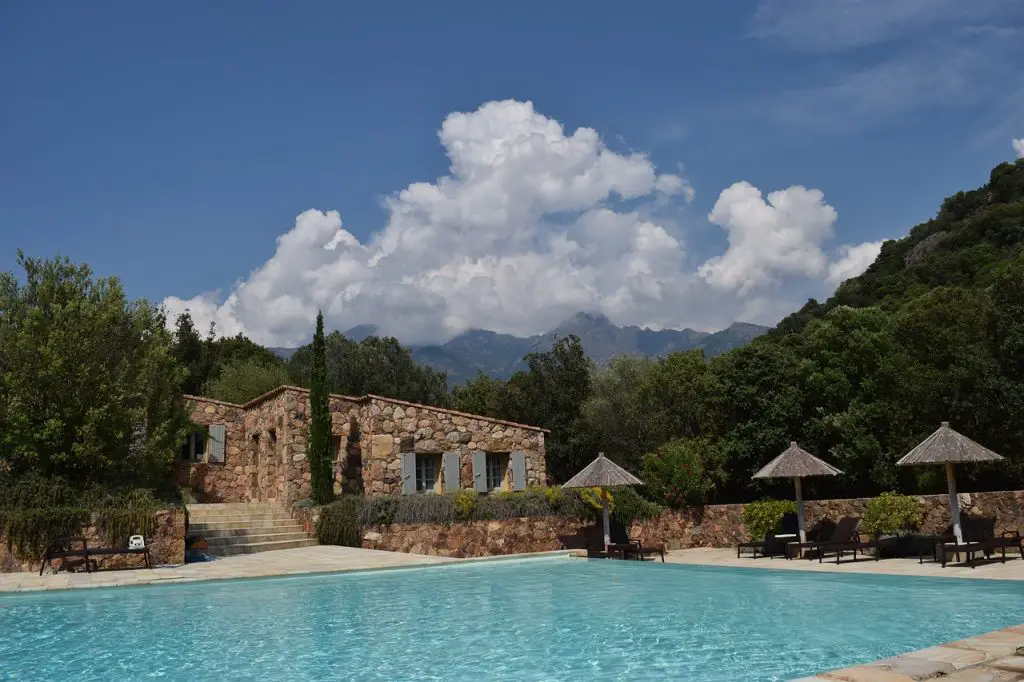Green algae is a common problem in swimming pools, causing the water to become murky and unappealing. Not only is it aesthetically displeasing, but it can also pose health risks and damage pool equipment. In this comprehensive guide, we will explore how to eliminate and prevent green algae in a swimming pool, including tips on water chemistry, filtration, and maintenance.
Understanding Green Algae
What is Green Algae?
Green algae are microscopic aquatic plants that thrive in warm, nutrient-rich environments. They can multiply rapidly, leading to an unsightly green tint in pool water and slippery surfaces. If left untreated, green algae can cause damage to pool surfaces, clog filters, and create an unhealthy swimming environment.
Causes of Green Algae in Pools
Several factors contribute to the growth of green algae in swimming pools, including:
Poor water circulation and filtration
Imbalanced water chemistry (e.g., improper pH, low sanitizer levels)
Excess organic debris (e.g., leaves, grass, dirt)
Insufficient sunlight exposure (e.g., shaded pools)
Eliminating Green Algae from Your Swimming Pool
Test and Adjust Water Chemistry
The first step in eliminating green algae is to test your pool water and adjust the chemical levels accordingly. Maintain the following parameters:
pH: 7.4 to 7.6
Total alkalinity: 80 to 120 ppm
Calcium hardness: 200 to 400 ppm
Chlorine: 2 to 4 ppm (for a chlorine pool) or 30 to 50 ppm (for a bromine pool)
If your pool water is out of balance, use the appropriate pool chemicals to adjust the levels. This may include adding pH increaser or decreaser, alkalinity increaser, calcium hardness increaser, or chlorine stabilizer.
Shock Your Pool
“Shocking” your pool involves adding a large dose of sanitizer (usually chlorine) to kill off green algae and other contaminants. To shock your pool, follow these steps:
Choose a pool shock product suitable for your pool type (e.g., chlorine-based or non-chlorine shock).
Follow the manufacturer’s instructions to determine the appropriate dosage based on your pool size and algae severity.
Add the pool shock to your pool water, ideally in the evening when the sun is not as intense, to prevent the shock from being broken down by sunlight.
Allow the pool shock to circulate for at least 8 hours (or as recommended by the manufacturer) before swimming.
Brush and Vacuum Your Pool
To remove dead algae and debris from your pool, thoroughly brush the pool walls, floor, and any other surfaces with a pool brush. Use a pool vacuum or automatic pool cleaner to remove the debris from the pool floor. This will help prevent algae from reestablishing and improve the effectiveness of your pool chemicals.
Clean and Backwash Your Filter
Algae can clog your pool filter, reducing its efficiency and contributing to poor water quality. To address this, clean your filter according to the manufacturer’s instructions, which may involve rinsing the filter cartridge or backwashing a sand or diatomaceous earth (DE) filter.
Preventing Green Algae in Your Swimming Pool
Maintain Balanced Water Chemistry
Regularly test and adjust your pool water chemistry to keep it within the recommended ranges. This helps create an environment that is less conducive to algae growth. Test your pool water at least once a week and after heavy use, rainfall, or adding significant amounts of water.
Use a Pool Algaecide
Incorporate the use of a pool algaecide as part of your regular pool maintenance routine. Algaecides are specially formulated chemicals that help prevent the growth of algae in your pool water. Follow the manufacturer’s instructions for the proper dosage and application frequency. Be sure to choose an algaecide that is compatible with your pool type and chemical treatment system.
Optimize Circulation and Filtration
Ensuring proper water circulation and filtration can help prevent green algae growth by distributing pool chemicals evenly and removing debris. Run your pool pump and filter for at least 8 to 12 hours per day, or as recommended by the manufacturer. Regularly clean and backwash your filter to maintain optimal performance, and consider using a pool circulation enhancer, such as a pool return jet or water feature, to improve water movement.
Remove Organic Debris
Promptly remove leaves, grass, and other organic debris from your pool using a pool skimmer or leaf rake. This helps reduce the nutrients available for algae growth and maintain a cleaner pool environment. Additionally, vacuum your pool floor and brush the pool surfaces at least once a week to remove any buildup of dirt and algae.
Maintain Pool Surroundings
Keep the area around your pool clean and free of debris to minimize the introduction of algae spores and other contaminants. Trim back trees and plants to reduce the amount of organic material that can fall into your pool, and consider using a pool cover when your pool is not in use to protect it from debris and sunlight, which can promote algae growth.
Regular Pool Shock Treatments
Perform regular pool shock treatments to help maintain sanitizer levels and kill off any algae spores that may be present. Shock your pool at least once every 1-2 weeks, or more frequently during periods of heavy use, after rainstorms, or if you notice the early signs of algae growth.
Conclusion
By understanding the causes of green algae growth and implementing a comprehensive pool maintenance routine, you can effectively eliminate and prevent green algae in your swimming pool. Regularly testing and adjusting your pool water chemistry, optimizing circulation and filtration, and maintaining a clean pool environment are crucial steps in maintaining a crystal-clear and algae-free pool. With diligent care and attention, you can enjoy a pristine swimming pool all season long.







